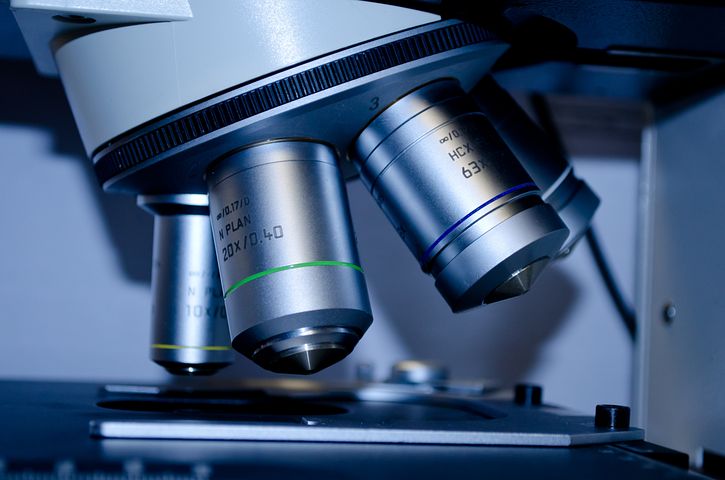Israel and Gulf states to be connected by fibre-optic cable
If plans go ahead, the "revolutionary" fibre-optic cable, known as the Trans Europe Asia System (TEAS), will be the first infrastructure project directly connecting Israel with Saudi Arabia

Estimated reading time: 2 minutes
A proposed Israeli-funded internet cable project aims to connect Gulf states with the occupation state after "gaining traction" in Saudi Arabia, according to a report yesterday by Middle East Eye (MEE).
It already has the backing of the Saudi-based Gulf Cooperation Council Interconnection Authority (GCCIA), which is jointly owned by the six GCC member states.
In addition to the kingdom, the 20,000-kilometre cable is expected to run through four other Gulf states — the UAE, Bahrain, Qatar and Oman — as well as Jordan and the occupied Palestinian territories on a route between France and India. The investment is supported by the US government, said MEE, citing industry sources, and includes stakeholders in the US and Britain.
An Israeli infrastructure investment fund, Keystone, owns a 25 per cent stake in the project, which is promoted by Bermuda-based company Cinturion, as reported by Globes in 2021. Two cables will be laid from Europe via Israel, one going directly eastwards and the second via the Gulf of Eilat, with the cable laying expected to be completed by the end of the year.
According to industry insiders, the project had only become feasible following the 2020 normalisation agreement, the Abraham Accords, between Israel and the UAE and Bahrain (and later included Morocco and Sudan). Tel Aviv remains confident that Saudi Arabia will also sign the accords.
"This [is] an extraordinary investment, made during the period of normalisation of relations between Israel and Arab countries, which facilitates rapid progress with the project," Navot Bar, Keystone's CEO, was quoted as saying. "Among Keystone's partners in the project are former senior officers in the US Army, British investors and investors from the Gulf states and Israel."
Source: Middle East Monitor under CC BY-NC-SA 4.0
What's Your Reaction?
























